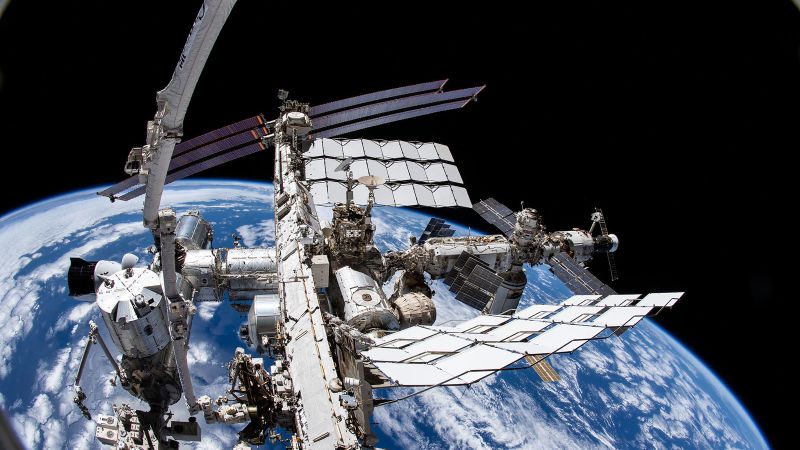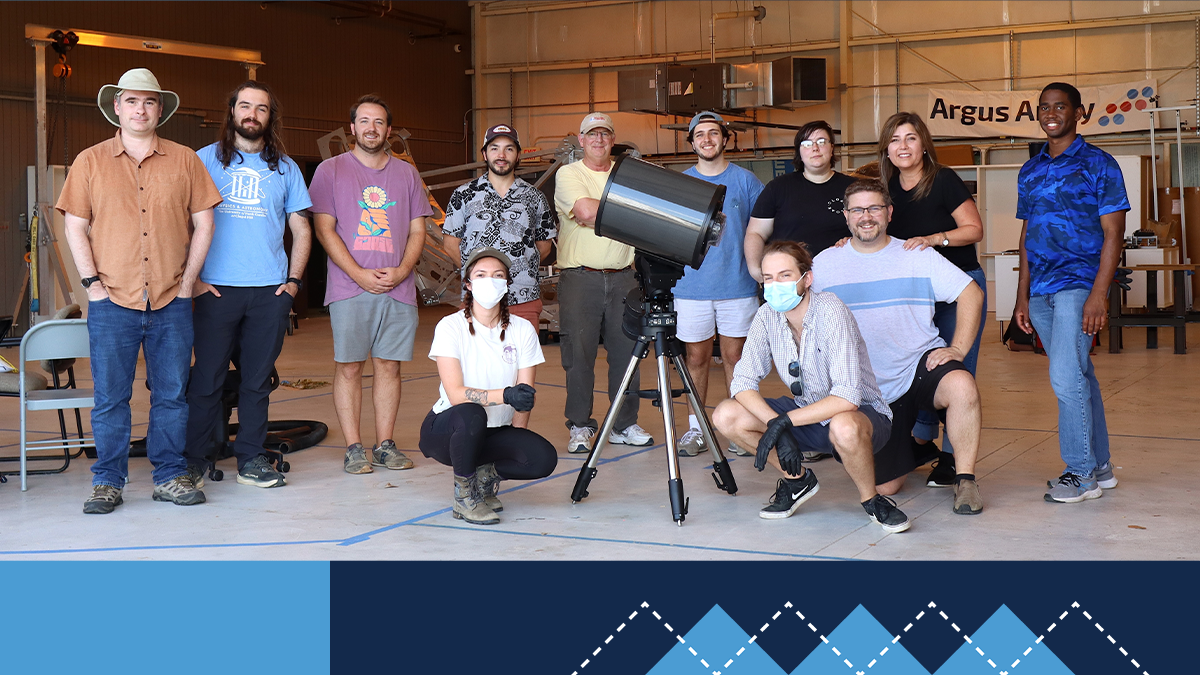A planned spacewalk outside the International Space Station has been postponed due to a “medical concern” with one of the crew members aboard the orbital complex, NASA announced…
With a huge bite taken out of the small quota in just six days of fishing, sturgeon retention on the John Day Pool would close starting this Saturday, January 10, under a proposal Columbia River managers will consider during a…






